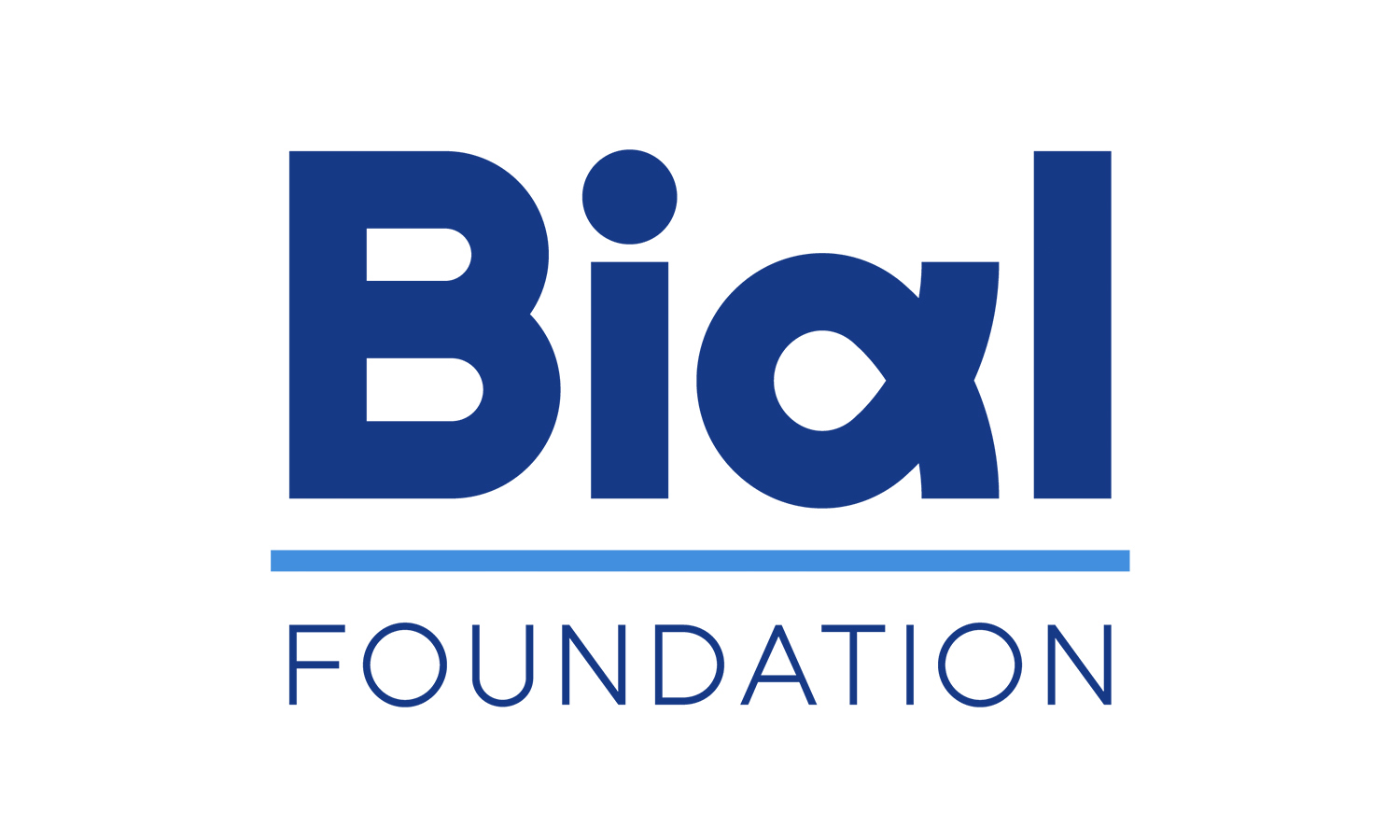Learning to associate visual stimuli with motor actions, such as braking at a traffic sign or clicking on an icon, is an essential skill in modern life. This process, known as arbitrary visuomotor mapping (AVMM), allows us to quickly adapt to new and complex environments. Understanding how the brain performs this transformation has been a central challenge in neuroscience research. A team of researchers led by Alessio Avenanti used transcranial magnetic stimulation (TMS) to investigate the role of the ventral premotor cortex (PMv) and its connection to the primary motor cortex (M1) in this type of learning. Using an advanced non-invasive brain stimulation technique called cortico-cortical paired associative stimulation (ccPAS), scientists were able to selectively strengthen or inhibit communication between these areas while participants performed visuomotor tasks. The results were clear: when the PMv-M1 connection was strengthened during task execution, performance improved; when it was inhibited, it worsened. These effects were more pronounced for relevant visual stimuli, suggesting that the brain activates specific motor circuits to transform what it sees into action. This study reveals not only the plasticity of these neural pathways but also how the brain repurposes motor networks to learn new associations, a testament to its remarkable adaptability. This study was published in the scientific journal Science Advances, in the article State-dependent associative plasticity highlights function-specific premotor-motor pathways crucial for arbitrary visuomotor mapping, as a part of research project 304/22 - Boosting and hindering action imitation by modulating spike-timing dependent plasticity, supported by the BIAL Foundation.
ABSTRACT
Arbitrary visuomotor mapping (AVMM) showcases the brain’s ability to link sensory inputs with actions. The ventral premotor cortex (PMv) is proposed as central to sensorimotor transformations, relaying descending motor commands through the primary motor cortex (M1). However, direct evidence of this pathway’s involvement in AVMM remains elusive. In four experiments, we used cortico-cortical paired associative stimulation (ccPAS) to enhance (ccPASPMv-M1) or inhibit (ccPASM1-PMv) PMv-to-M1 connectivity via Hebbian plasticity. Leveraging state-dependent properties of transcranial magnetic stimulation, we targeted function-specific visuomotor neurons within the pathway, testing their physiological/behavioral relevance to AVMM. State-dependent ccPASPMv-M1, applied during motor responses to target visual cues, enhanced neurophysiological and behavioral indices of AVMM, while ccPASM1-PMv had an opposite influence, with the effects being more pronounced for target relative to control visual cues. These results highlight the plasticity and causal role of spatially overlapping but functionally specific neural populations within the PMv-M1 pathway in AVMM and suggest state-dependent ccPAS as a tool for targeted modulation of visuomotor pathways.






































































